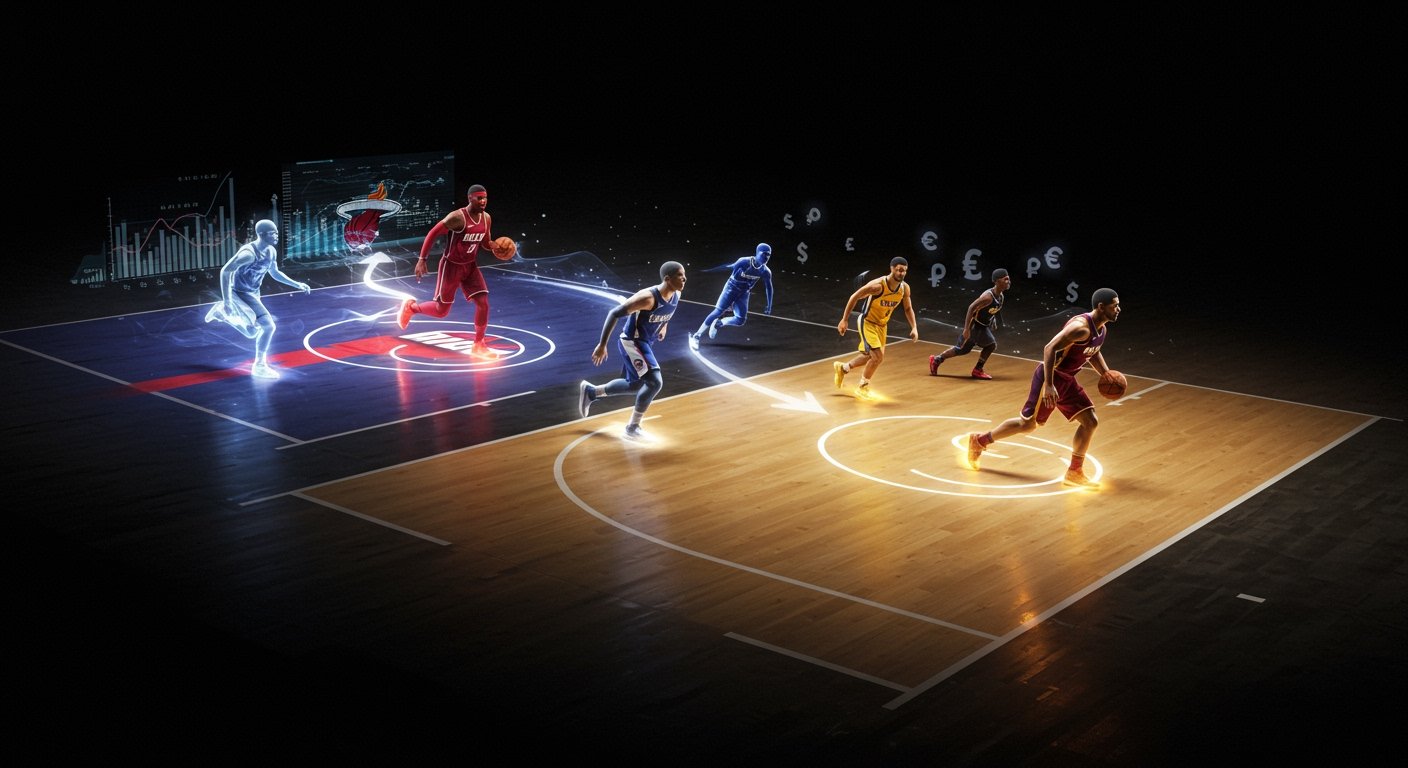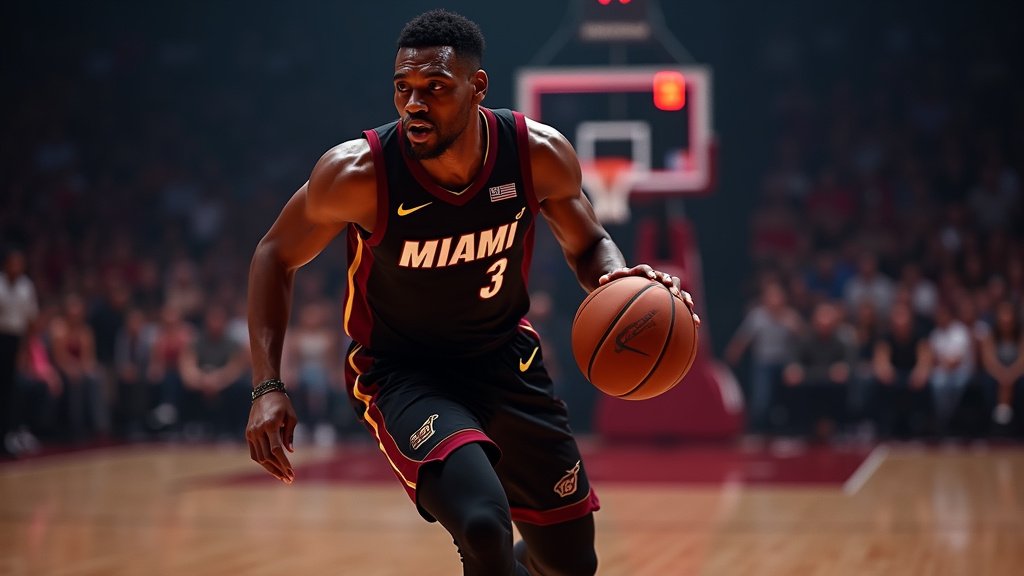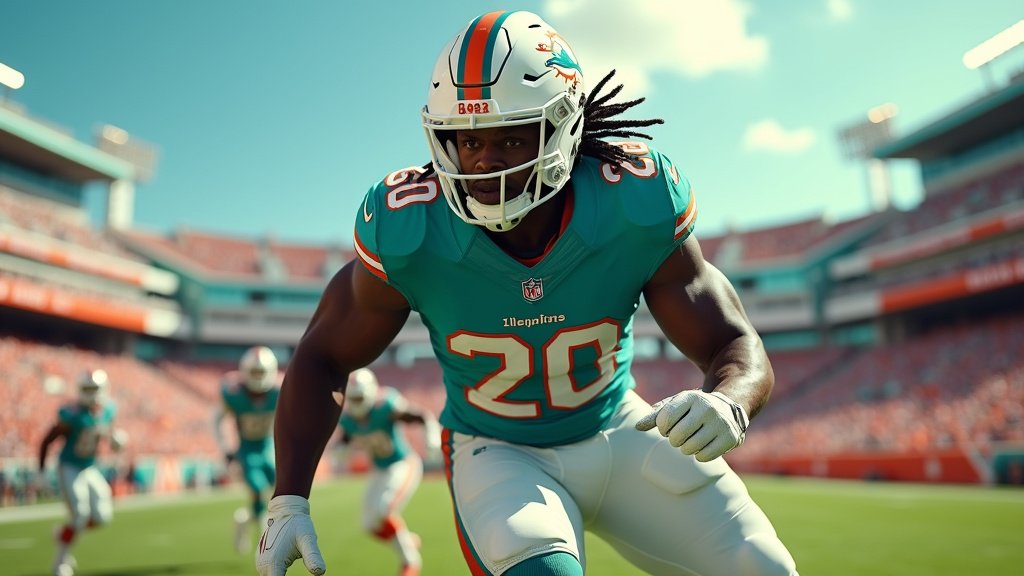In a significant transaction reshaping the rosters of three National Basketball Association franchises, the Miami Heat, Los Angeles Clippers, and Utah Jazz have reportedly finalized a complex trade agreement.
The multi-team deal sees veteran guard Norman Powell heading to Miami, while forward John Collins is set to join the Clippers in Los Angeles. In return, the Utah Jazz will acquire forward Kevin Love, forward Kyle Anderson, and a future draft asset in the form of a 2027 second-round selection originating from the Clippers.
The agreement was confirmed by league sources to multiple reputable outlets, including ESPN, The Athletic, and the Miami Herald, signaling the culmination of discussions that will impact the competitive outlooks of teams in both the Eastern and Western Conferences.
Understanding the Key Movements
The centerpiece of the Miami Heat’s acquisition is the dynamic scoring presence of Norman Powell. The 32-year-old guard arrives in South Florida following a productive stint with the Los Angeles Clippers, where he averaged a career-high 21.8 points per game during the most recent campaign. Known for his explosive offense and ability to generate points in various ways, Powell is expected to bolster the Heat’s scoring punch, particularly off the bench or in a potential starting role, depending on coach Erik Spoelstra’s strategic deployment.
Powell is entering the final year of his current contract, which is slated to pay him $20.4 million for the 2025-26 NBA season. His addition provides Miami with an immediate offensive threat, albeit with a significant contract commitment for the upcoming season.
Meanwhile, the Los Angeles Clippers secure the services of John Collins, a versatile 27-year-old forward. Collins spent last season with the Utah Jazz, where he averaged 19 points per contest, showcasing his ability to score inside and out, rebound effectively, and provide a vertical threat. Collins recently exercised his player option, committing him to a salary of $26.5 million for the 2025-26 season. His arrival in Los Angeles is anticipated to provide the Clippers with added frontcourt depth and athleticism, complementing their existing core players as they navigate the competitive Western Conference landscape.
Utah Jazz’s Strategic Acquirements
The Utah Jazz, in turn, receive a package centered around veteran experience and a future draft asset. Kevin Love, a 36-year-old forward who played for the Heat, is part of the outgoing package from Miami to Utah. Love averaged a career-low 5.3 points per game last season, reflecting a reduced role in Miami. He is also entering the final year of his contract, set to earn $4.1 million in the 2025-26 season. Love’s inclusion could provide a locker room presence for a younger Jazz roster, or his expiring contract might offer future cap flexibility.
The Jazz also acquire forward Kyle Anderson from the Clippers. The 31-year-old Anderson averaged 5.9 points last season and is known for his versatile play, high basketball IQ, and ability to contribute across multiple statistical categories. Unlike Love, Anderson is signed through the 2026-27 season, with salaries of $9.2 million in 2025-26 and $9.6 million in 2026-27. His multi-year contract provides Utah with a solid, if not spectacular, veteran contributor for the next two seasons.
The draft asset the Jazz receive is a 2027 second-round pick from the Los Angeles Clippers. While a second-round pick is not as valuable as a first-round selection, a pick several years in the future, particularly from a potentially competitive team like the Clippers whose future could be uncertain by 2027, holds inherent value for a rebuilding or retooling franchise like the Jazz.
Implications for Each Franchise
For the Miami Heat, the acquisition of Norman Powell represents a clear attempt to inject more scoring punch into their lineup. While Powell’s contract is substantial for an expiring deal, his proven ability to create offense, both as a starter and a sixth man, addresses a consistent need for the Heat. Giving up Kevin Love, who played a limited role last season, and facilitating the movement of assets to Utah for Collins, aligns with Miami’s strategy of pursuing established scorers to complement their defensive identity. The move could signal Miami’s intent to remain competitive in the Eastern Conference playoff picture.
The Los Angeles Clippers add John Collins to their frontcourt rotation. Collins offers a different skillset than the players they sent out, providing more athleticism and interior scoring threat than Powell, who is a guard, and potentially more consistent production than the aging Love. The Clippers are operating under significant financial constraints and roster limitations as they aim to contend, and integrating Collins’s $26.5 million salary for the upcoming season requires careful management of their overall cap sheet. The decision to part with Kyle Anderson and a future second-round pick indicates a commitment to upgrading their forward position with Collins’s specific attributes.
The Utah Jazz appear to be prioritizing future assets and cap flexibility in this transaction. Taking on the contracts of Kevin Love (expiring) and Kyle Anderson (multi-year) while acquiring a draft pick suggests a long-term view. Collins, at 27 with a significant contract, might not have fit the Jazz’s timeline or financial plans as ideally as shedding his salary does. Love and Anderson provide veteran presences, but their inclusion is likely more about facilitating the movement of Collins and securing the draft compensation. This trade reinforces the perception that the Jazz are continuing to gather assets and maintain flexibility as they build towards future contention.
Contract Details and Financial Landscape
A critical component of this three-team trade is the intricate management of player salaries and contract durations, particularly given the NBA’s salary cap regulations. Norman Powell’s $20.4 million salary for 2025-26 represents a significant incoming figure for Miami, one they likely evaluated against his offensive production and the relatively short remaining term of the deal. John Collins’s $26.5 million salary for the same season is a substantial outlay for the Clippers, highlighting their belief that he can be a key contributor worthy of that financial commitment.
For the Jazz, the transaction offers a degree of financial maneuvering. While taking on Love’s $4.1 million expiring contract is minimal, absorbing Kyle Anderson’s $9.2 million (2025-26) and $9.6 million (2026-27) requires planning. However, shedding Collins’s larger $26.5 million salary frees up significant cap space or trade flexibility in the near future compared to retaining him.
These financial considerations underscore the strategic nature of the trade, extending beyond immediate on-court performance to encompass future roster building and salary cap management for all three franchises.
Looking Ahead
The integration of Norman Powell into the Miami Heat’s system will be a key storyline to watch. His scoring prowess could immediately elevate their offense, but how he fits defensively and within the team’s famed culture remains to be seen. For the Los Angeles Clippers, John Collins provides a different dimension in the frontcourt, offering athleticism and finishing ability that could be valuable, particularly in potential playoff matchups. The Utah Jazz, having acquired veteran contracts and a future draft pick, signal their continued focus on a patient approach to team building, leveraging assets to position themselves for success down the line.
As confirmed by sources familiar with the negotiations to ESPN, The Athletic, and the Miami Herald, this three-team trade marks a significant moment in the NBA offseason, potentially altering the competitive balance and future trajectories of the Miami Heat, Los Angeles Clippers, and Utah Jazz.





